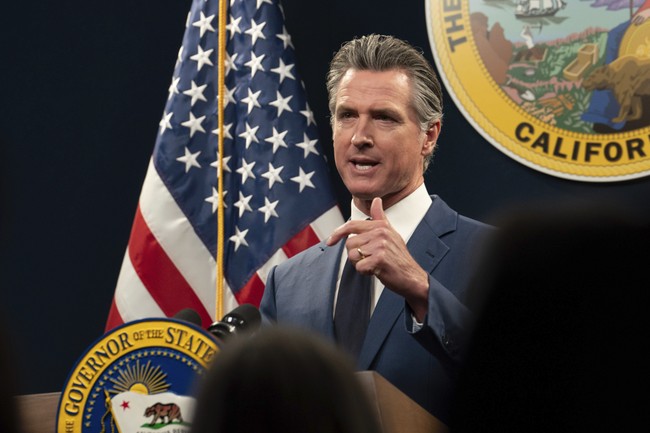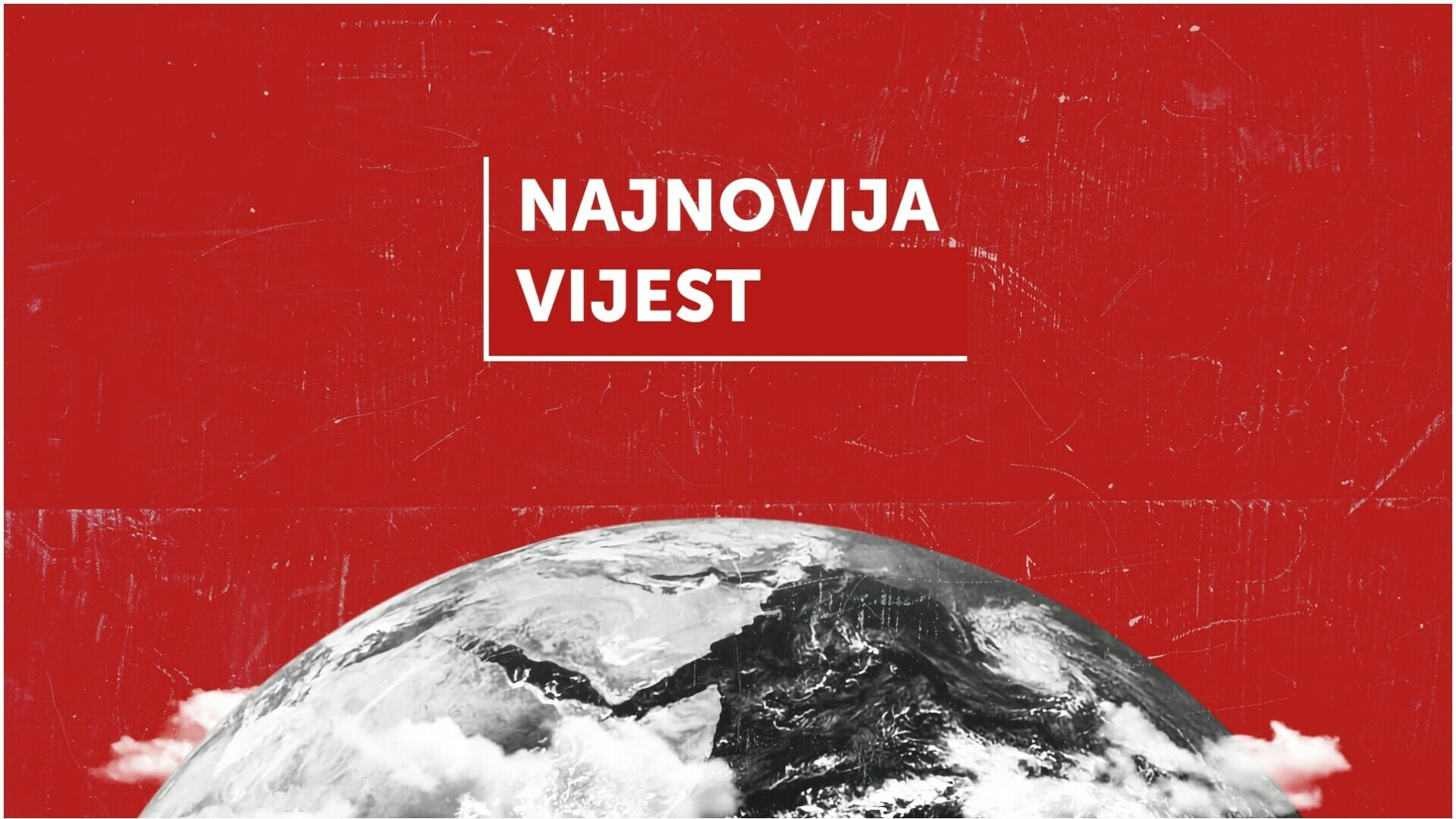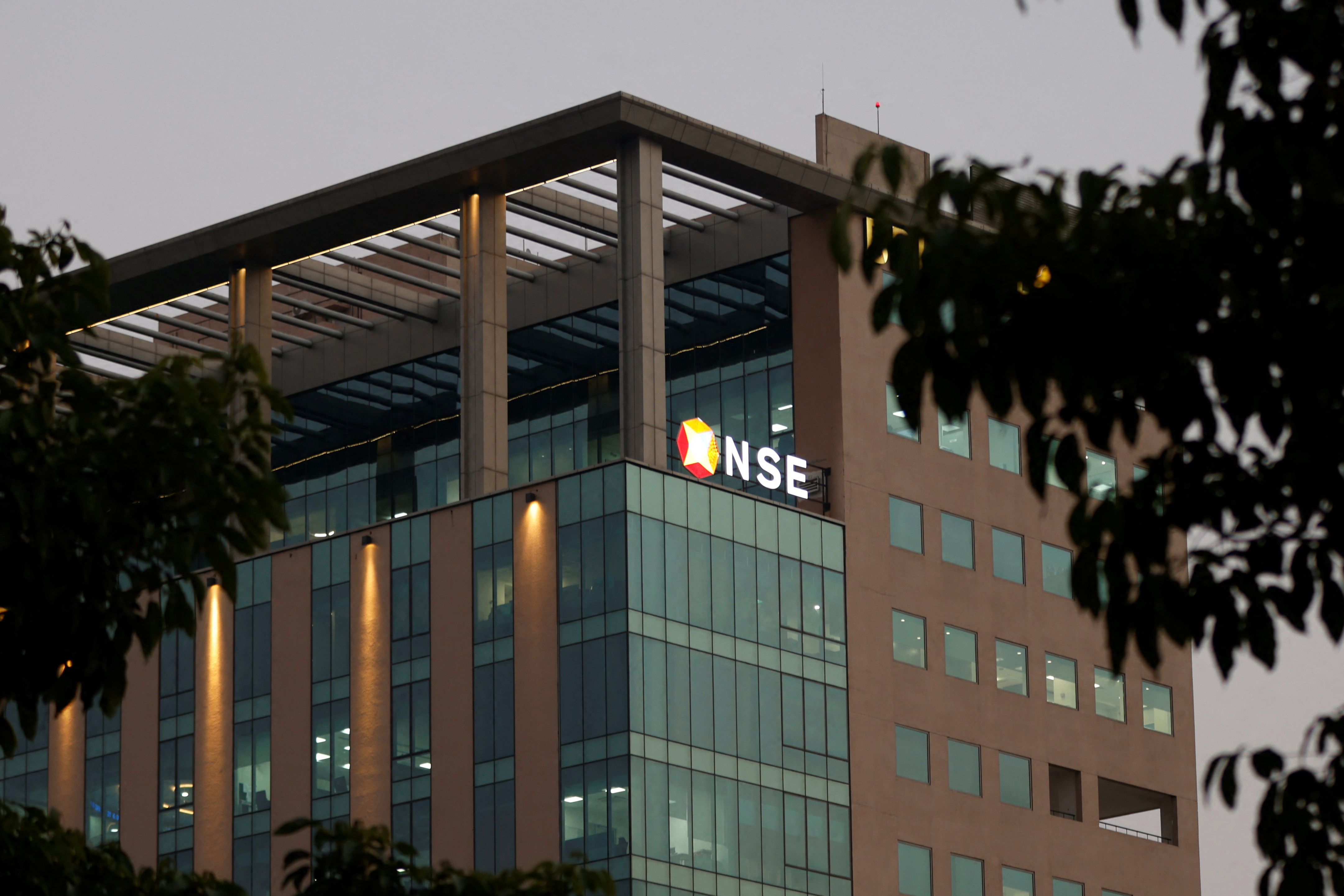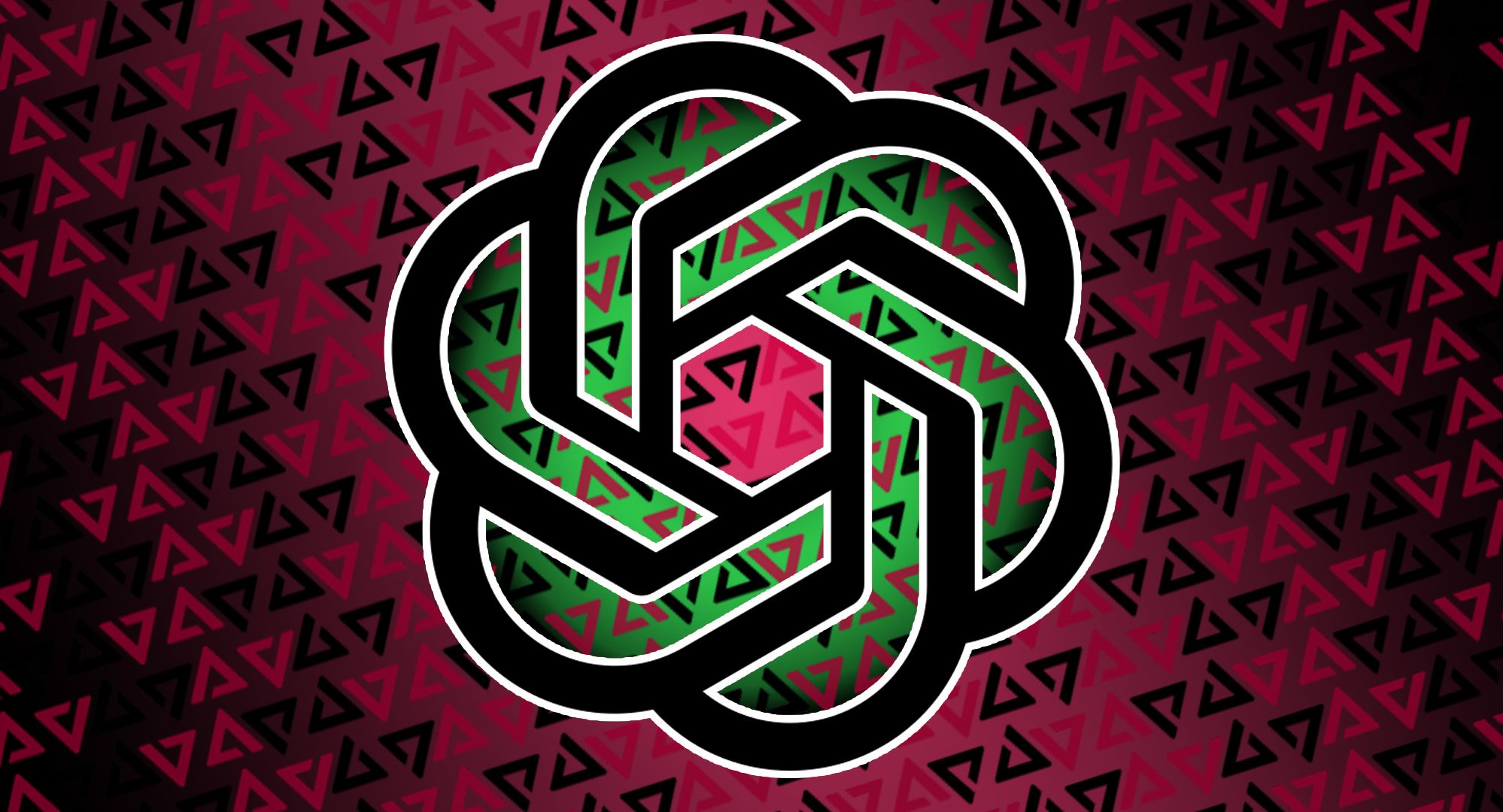Starliner: Launching a New Era in Space Travel
Through rigorous testing, quarantines, and daunting delays, astronauts prepare for the landmark launch of Boeing's Starliner spacecraft—a pivotal moment for NASA's Commercial Crew Program.
Published June 02, 2024 - 00:06am

Image recovered from inverse.com
Astronauts sure know how to thrive in a quarantine -- and come out ready on the other side.
For a long 26 days, the Boeing Starliner flight, what would be the first dissimilar contingency spacecraft for NASA's Commercial Crew Program, has been put on pause. And while space fans attempted to prognosticate while they bit fingernails and engineers checked and rechecked helium and oxygen leaks, two crucial people waited a bit more intently then the rest. Astronauts Suni Williams and Butch Wilmore have been expectantly sitting in quarantine. But what, exactly, does that entail? As you might expect, a lot more than what we, one-time COVID quarantiners went through.
Astronauts have long been used to quarantines. The risks of not doing so are grave. Bring an infection up with you to space, and your crew members could become sick. That leaves the International Space Station vulnerable, as it requires constant upkeep and monitoring.
Williams and Wilmore are debuting a spacecraft that has yet to fly people before. They'll need to perform manual tests onboard this vehicle. Developing symptoms in low-Earth orbit must be avoided at all costs.
When Starliner and the rocket it will fly on top of -- United Launch Alliance's Atlas V -- revealed their malfunctioning parts on launch day and shortly thereafter, the astronaut duo entered what became a near month-long quarantine. It's an extension of the weeks-long isolation they, and all astronauts, customarily do before any spaceflight.
The astronauts "seem to be in good spirits," Steve Stich, manager of NASA's Commercial Crew Program, told reporters during a teleconference on May 24. He says his team has been communicating with them often. NASA has procedures in place to get them into different facilities without risking a break to their quarantine. During this period, they've spent more time in the Starliner simulator and practicing different failure cases.
Patience is non-negotiable as an astronaut. Once they ace the first nerve-wrecking flight of this never-previously-crewed spacecraft, their work only just begins. They'll be flying in space for 25 hours before docking at the space station, their home away from home for about one week. Before docking, they'll put Starliner through several manual tests.
The crew's certification procedures as part of Starliner's Crew Flight Test would herald in the expansion of NASA's Commercial Crew Program. It was created to give a low-cost option to ferry astronauts to and from low-Earth orbit from American soil after the Space Shuttles retired in 2011. Starliner would join SpaceX's Crew Dragon, providing "dissimilar redundancy", aka a backup plan, if one company cannot reliably carry the astronauts. This ensures NASA has a way to maintain the space station continuously crewed with its astronauts. It also offers a safety net should something go wrong.
It is a crucial spacecraft demonstration for Boeing as it attempts to obtain a NASA license to do regular orbital missions on the agency's behalf. Roughly three weeks after its first launch was cancelled, Boeing is once again attempting to send NASA astronauts on its Starliner spaceship. The United Launch Alliance (ULA) plans to launch the Atlas V rocket and Boeing Starliner spacecraft on Saturday. The launch was initially slated for May 6 but was suspended around two hours ahead of the countdown.
Space Launch Complex-41 at the Cape Canaveral Space Force Station in Florida will serve as the launching pad for this historical endeavor. NASA will broadcast the prelaunch and launch events. What happened at the previous scheduled launch? The Atlas 5 rocket, which would have transported the CST-100 Starliner and two NASA astronauts into space, was fueled and ready to launch until the mission was canceled at the last minute. Engineers had to decide to postpone the much-anticipated launch due to a valve issue in the rocket's upper stage.
With stringent schedules and the undeniable risks of space travel, patience and precision are imperative. Each delay, while frustrating, underscores the commitment to safety and the inherent complexities of space exploration. For everyone involved, from the astronauts to the engineers, every decision pivots on ensuring the crew's safety and the mission's success. Delays are not just setbacks; they are reminders of the perils and payoffs that define the journey beyond our planet.
The Washington Examiner reports a new attempt for launch is slated for June 1, 12:25 p.m. EST from Florida's Cape Canaveral Space Force Station. This second attempt at launch follows a postponement of the May 6 event, underscoring the intricate and unpredictable nature of spaceflight. Once in orbit, Starliner will dock with the International Space Centre for a one-week stay before returning to Earth, a key test of its capability to safely transport humans to and from space.
It has been noted that astronauts face similar psychological challenges as submariners. The longer they are exposed to extreme isolation, the more likely it may impact their well-being," according to NASA's Kennedy Space Center. To maintain their sanity, astronauts in quarantine keep to a routine that "can help quite a bit," Natacha Chough, clinical assistant professor and flight surgeon at the University of Texas Medical Branch, tells Inverse via email.
These are the ambitions, challenges, and human stories behind the spacecraft, pushing the boundaries of what was previously thought possible and looking towards a future of expanded space travel and exploration.







